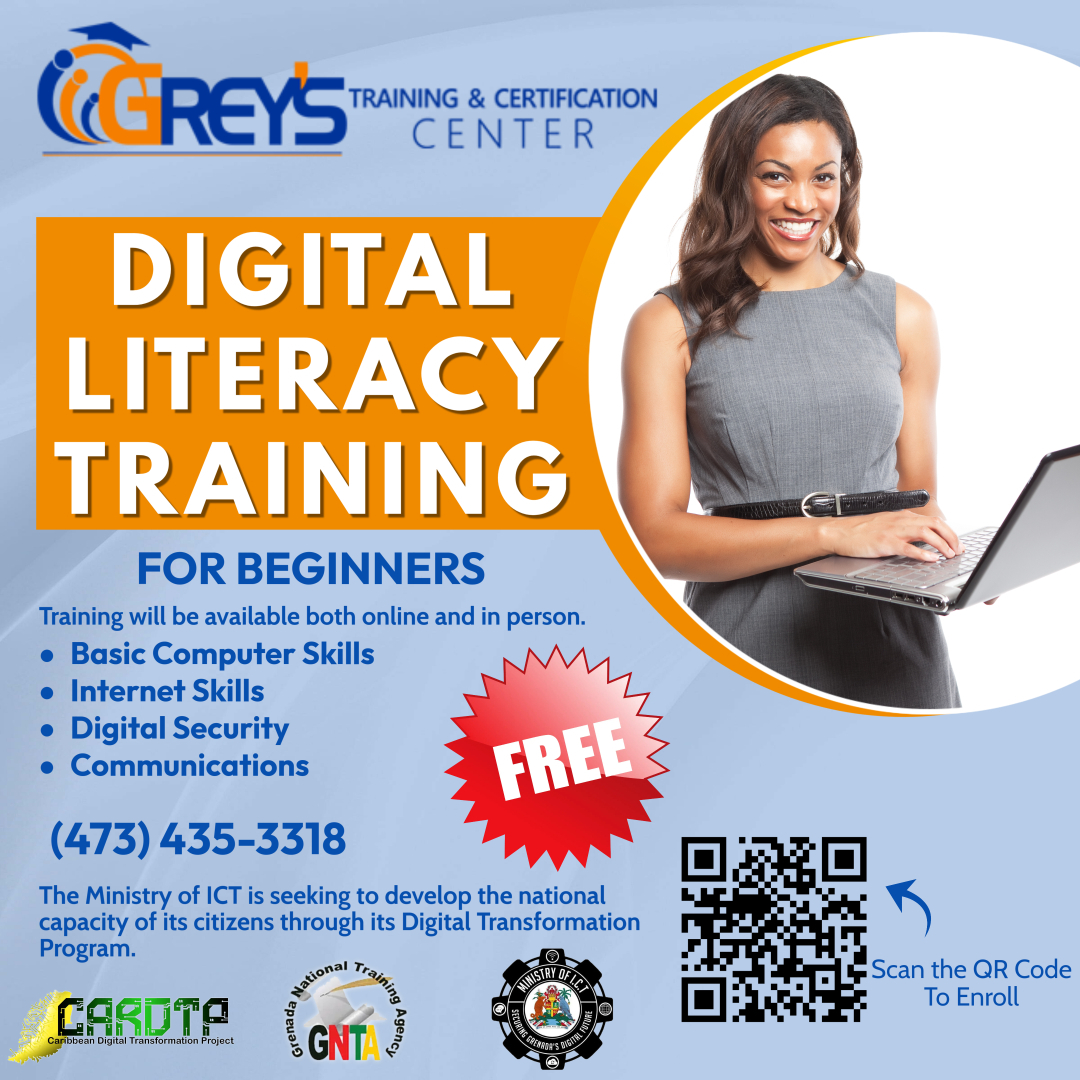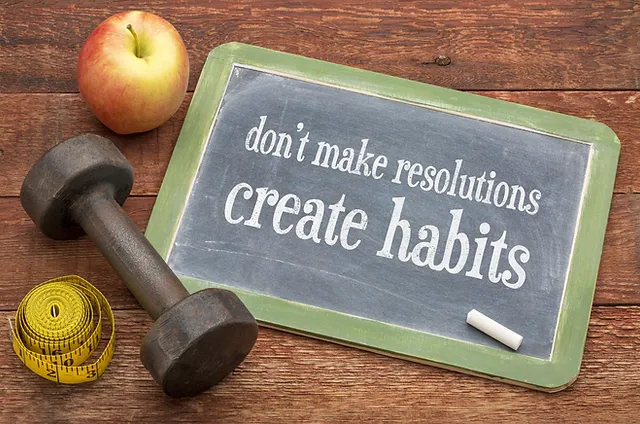

Strategies for Effective Reading
Introduction
Regular reading is essential for anyone. It will help one to develop his/her knowledge, skills or attitude. It is often done for different purposes by different groups of people. Some read for advancing their knowledge; some others do it for improving their language skills; another section of people do it just for pleasure. Whatever be the purpose, the habit helps everyone in improving his/her personality in many ways.
Students and academics usually pay little attention to assess how bad they read. They do not, in normal case, assess how well they can improve the speed of their reading. Speed of one's reading can lead to improvement in learning effectiveness. Learning to read well is an essential skill every academic should develop systematically.
The reading habit helps everyone build up his/her personality in many ways. Choosing the right text or material to read is the first thing. Reading for academic purposes is strenuous. Students need to focus on understanding the contents of the material in depth. But reading for pleasure tends to be light. The latter does require less concentration and can be done at an average speed of 100-200 words per minute. Prior knowledge of the subject is a key element of effective reading comprehension.
There is a practice for some people to read word by word. It is better to focus on reading phrases rather than just words while reading. Reading the material as phrases allows one's brain to process the reading input as 'ideas or phrases'.
Reading Strategies
There are different types of techniques for reading. For improving the rate, one should practice skimming, scanning or previewing as a reading strategy. The method should be chosen as the reading material and purpose demand.
The first one is skimming. It is reading rapidly for gathering the main points. In this process, the reader reads quickly to gain a general idea. The reader understands the whole text without reading it from first to last or word to word. The technique may allow you to read up to 1000 words a minute. In this process, the key ideas of a text is gathered by reading first and last paragraphs, topic sentences, and other parts like titles, abstracts, summary of chapters, photograph captions, etc.
In skimming, the practice is to identify whether to read or not, what to read carefully, and which place is the right one to begin with. If you skim through a text before you read it, it will help you understand the material better.
In scanning, the practice is to read rapidly to find out a specific piece of information. It is a technique that anyone can employ to find out specific information, facts or ideas without reading the whole text. Scanning may help you examine up to 1,500 words a minute. The purpose of scanning a text is to evaluate the relevance of the material. Scanning is to be done before skimming. It will help you determine whether a material carries the information the reader wants. Once a resource is scanned, it can then be skimmed for further details.
Surface reading is yet another process of reading. It is used to find the 'information words' from the text you read. Half of the words in a material are "information" words. They alone make sense of the material. The other words in it works like glue and paint. They provide connections but are not essential for making out the meaning. Concentrating on information words may help you read faster. The comprehension will also be better. Paying more attention to what the author is trying to say is the essence of this type of reading.
Extensive reading is reading a longer text, often for pleasure with emphasis on overall meaning. But intensive reading is reading a short text for detailed information. Phrase reading is yet another process.
Process of Rapid Reading
The process of reading results in a series of eye jerks, known as 'fixations'. During fixations, the eyes take in words for comprehension. Slow readers take in only one or two words in each fixation. Increase the words in each fixation by continuous practice. You will be able to gather more number of words in each fixation. Therefore, you have to practise reading the sentences without eye jerks, but with smooth movement of eyes from one to another. One can practice this strategy with conscious effort.
Marking important points in the text is good for learning. Underlining or highlighting key words, and making notes in margins etc., can improve speed in reading. Making marks in texts such as underlining the sentences can help you in improving concentration, in identifying key points and in making the book easier to survey, if you prefer to do so.
Other Points to Remember
Note taking always supports reading comprehension. Taking down essential points is what you do in note taking. Note-taking during reading or listening can help you gain deeper understanding and reflection of the text you read. It can help you remember or recollect easily what you have read. Summarizing what the reader has learned is another way to improve their overall comprehension of text.
Language proficiency will help you read better. Reading, on the other hand, will help your proficiency in language skills. Mastering the basic 3,000 or more words, which constitute approximately 80 percent of texts in English you normally use, can aid you in reading, understanding and learning any material on any subject in English, easily. Extensive reading, comprehension skills, reading fluency, and vocabulary building, are all integral ingredients of advancement of knowledge.
Active readers, with clear goals for reading, can become good learners. They regularly evaluate whether the text and their reading practice meet their goals. Good readers scan the text before they read. They get to know what the structure of the text is and what sections of the text are relevant to them. Good readers can make predictions about what is to come. They choose what to read carefully, what to read quickly, what to re-read, what not to read, and so on. Good readers read different texts differently. They evaluate the text's quality and value, and respond to the text intelligently.


